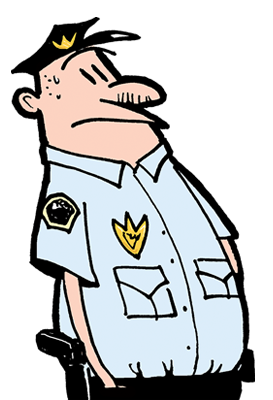Support Fatal Encounters
Donate Today!
Reporters occasionally ask me why I call our spreadsheet a first draft. Believe me, they ask it less than I’d prefer, and I’m glad to answer when they do.
Simply put, when I started this “hobby” back in 2012, there was no other national database of police-involved deaths. I had little to compare it to when designing the spreadsheet, so I approached it like a long-form journalism story. Remember the good ole days before the internet crushed people’s attention spans? Once I wrote a 4,750-word investigative piece on a flood in Reno for a newspaper. When’s the last time you saw a 4,750-word story on newsprint?
One thing I’ve learned about writing long is that I must get a draft on the page before I begin editing. I know there are writers who’d argue with that, but for me, incremental editing is disastrous to completing a piece. I’ve seen writers who’ll write 10 paragraphs, go back and edit the first paragraph, discover that those edits caused changes in flow and focus to ripple through the whole piece, and then they have to edit and rewrite the entire 10 paragraphs. Then they write two new paragraphs and start editing again. A bad process is enough to intimidate some young writers out of completing stories. If they don’t break the habit pretty early, they can’t keep up in a modern newsroom.
Let me describe the “story” of Fatal Encounters. It takes the form of a spreadsheet. Today, the spreadsheet has 22,007 rows, 19 columns. Each row represents a unique human being who died during a police interaction; each column represents a different fact about that interaction: name, street address, zip, agencies involved, etc. That’s 395,312 filled cells–sometimes we can’t find a piece of data–each of which contains a different piece of information. Some contain many. For example, our summary column–just a few sentences describing each incident–contains 1,068,771 words. To put this in perspective, Tolstoy’s War and Peace only contains 587,287 words.
We were only a few thousand rows into the project when I realized we needed an “armed or unarmed” column. I could have added the column and gone back and re-researched all the records we had, and that would have delayed the project by weeks or months. Those kinds of delays kill projects. And as the last five years have progressed, I saw the need to add a dozen more columns to better tell this complicated story of American life and death. Were body cameras worn and functioning? Was it a pursuit death? Was there a cash settlement?
The mind reels at the potential of what can be added once the basic structure is completed. And the thing is, once we know the names, dates, and locations, machine learning will enable us to automate the research and addition of these columns. There are already groups working on how to do it.
I counted again last night. We are within 48 working days of completing the first draft, and if Virginia and Tennessee break favorably, it could be as little as 34.
The current Fatal Encounters spreadsheet is a first draft in the same way that steel I-beams are the first draft of a skyscraper. Wouldn’t you like to see some floors, windows and walls added?
I know you believe in this project or you would have marked these missives as spam. We’re only raising contributions at a rate of about half of what we need to finish the draft and to move to Phase II. Won’t you please contribute today? Won’t you please share our campaign on your social media pages?
Thank you,
D. Brian Burghart
 |
Executive Director, fatalencounters.org

